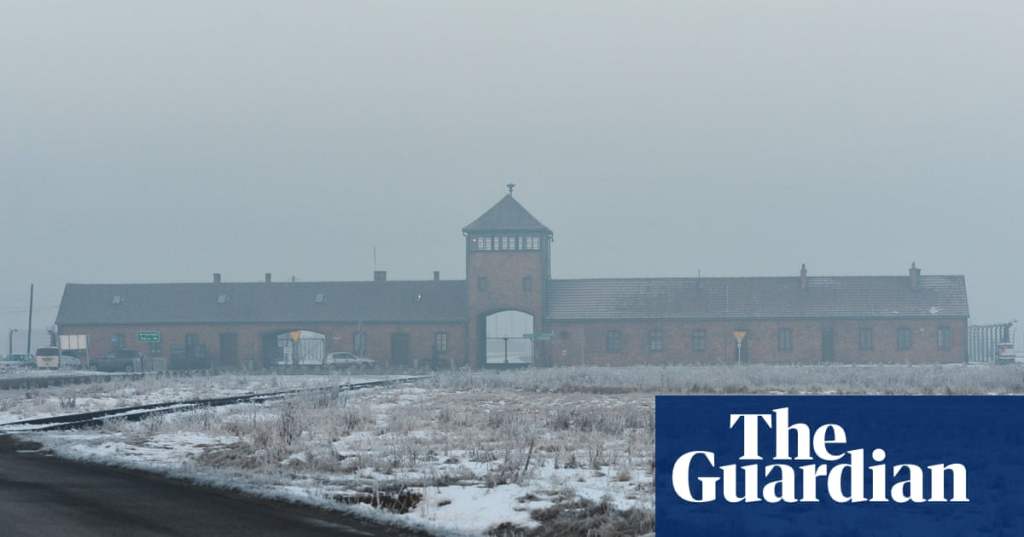The Holocaust remains one of the darkest chapters in human history, and its impact can still be felt today. As a tribute to the victims and a reminder of the atrocities committed during this time, numerous Holocaust sites have been preserved and transformed into important historical landmarks. These sites serve as poignant reminders of the horrors that took place, while also providing opportunities for education, remembrance, and reflection.
Auschwitz-Birkenau is perhaps the most well-known Holocaust site. Located in Oswiecim, Poland, it functioned as both a concentration camp and an extermination center during World War II. The vastness of Auschwitz-Birkenau is difficult to comprehend; with its barracks, gas chambers, crematoria, and watchtowers stretching over several square miles. Today, visitors can explore these haunting spaces on guided tours that provide deep insight into the daily lives of prisoners and their unimaginable suffering.
Another significant site is Yad Vashem in Jerusalem, Israel. Established in 1953 as Israel’s official memorial to the victims of the Holocaust, Yad Vashem serves as both a museum and research center dedicated to preserving memories and educating future generations about this tragedy. Its exhibits showcase personal stories through photographs, artifacts, testimonies from survivors or family members left behind by victims who perished during this dark period.
Moving westward to Germany stands Sachsenhausen Concentration Camp Memorial near Berlin. Originally built to house political prisoners under Nazi rule but later expanded into one of Germany’s largest concentration camps during World War II. Today it serves not only as a memorial but also as an important educational institution promoting tolerance and understanding against hatred fueled by prejudice.
Majdanek Concentration Camp Museum located just outside Lublin in Poland offers another sobering experience for visitors seeking deeper understanding of what transpired during this horrific time period. It features original buildings such as gas chambers which were largely intact when Soviet troops liberated them in 1944. This camp also boasts a powerful memorial, consisting of ashes collected from the crematoriums and placed in urns topped by gravestones bearing the names of towns where victims came from.
Terezin, located near Prague in the Czech Republic, was originally presented to the outside world as a model ghetto during Nazi occupation. However, it served as a transit camp for thousands who were later sent to extermination camps. Today, Terezin Memorial stands as an important reminder of this deception and tells the stories of those who lived and died within its walls through exhibitions and guided tours.
These are just a few examples among countless others that exist worldwide. Each Holocaust site serves as an enduring testament to the millions who suffered and perished during one of history’s darkest periods. By preserving these sites and transforming them into educational spaces, we ensure that future generations have access to first-hand accounts, historical context, and opportunities for reflection.
Visiting Holocaust sites is not merely about tourism; it is an act of remembrance, empathy, and education. These places allow us to confront our past while challenging us to address present-day prejudices and hatred. They remind us that humanity has the capacity for both extreme cruelty and extraordinary resilience.
As we explore these Holocaust sites with respect and reverence, may they serve as reminders that such atrocities should never be repeated again – ensuring that “never again” becomes more than just words but remains etched in our collective memory forever.

Leave a comment